(NLDO) - Paleontologists have made an "unbelievable" discovery about an unidentified species belonging to the carnivorous monster family Furileusauria.
According to Sci-News, the new creature excavated in the Normandy region of France has been named Caletodraco cotardi.
It is a member of Furileusauria, a subgroup of Abelisaurid dinosaurs that appeared during the mid-Jurassic and thrived throughout the Cretaceous.
But the appearance of this creature in France is completely absurd.
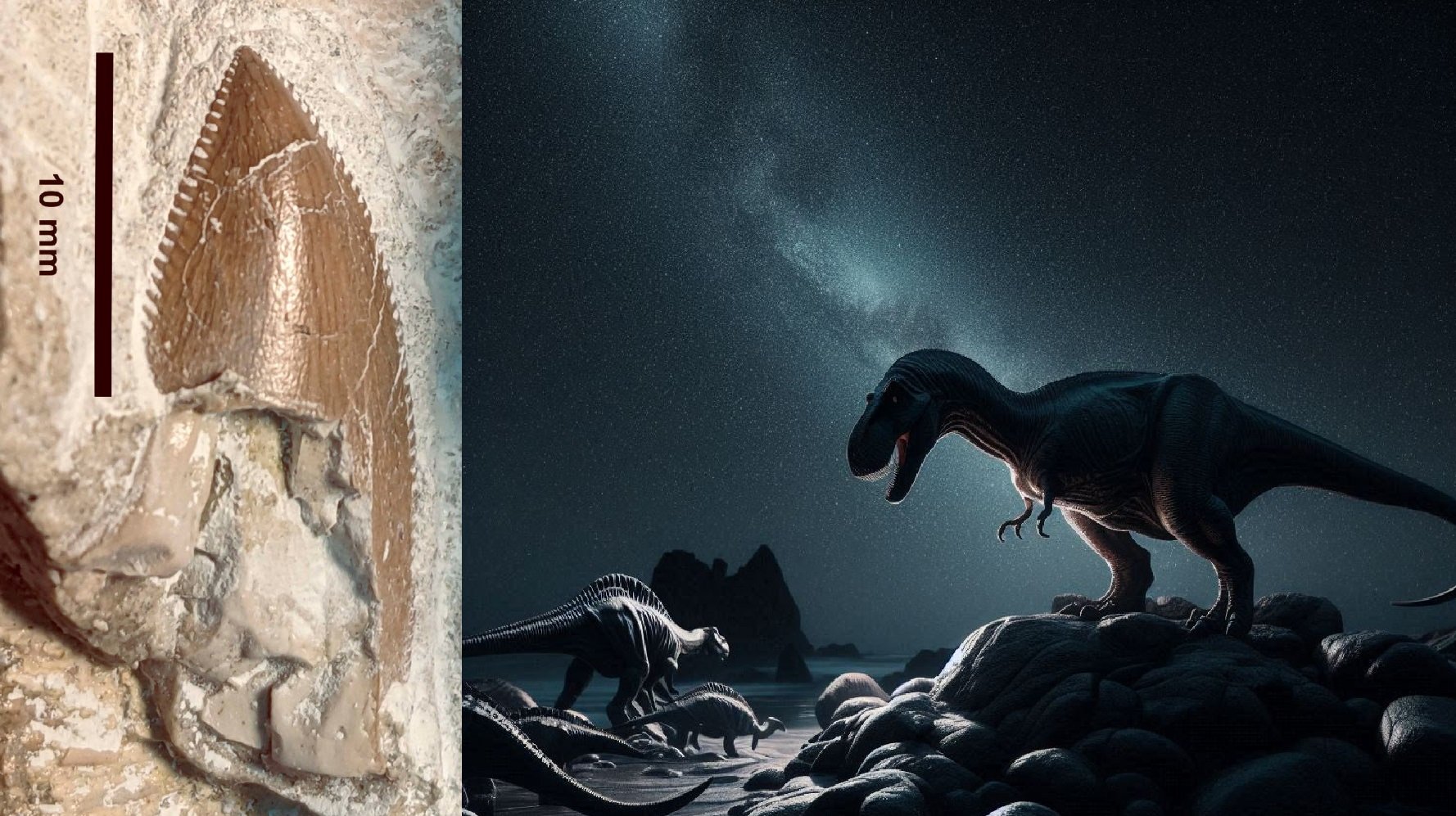
A specimen of Caletodraco cotardi's tooth and a graphic depicting the portrait of an Abelisaurid dinosaur - Photo: Eric Buffetaut; Illustration AI: Anh Thu
According to paleontological evidence to date, the entire Abelisaurid dinosaur group – medium- to large-sized ferocious carnivorous machines – were inhabitants of the ancient supercontinent Gondwana.
Gondwana was one of two major supercontinents that formed from the breakup of the supercontinent Pangaea. It included the land masses that are now South America, Africa, India, Australia, Antarctica, and the Arabian Peninsula.
As such, this group of dinosaurs should not have been found in modern-day Europe. Previously, species of the subgroup Furileusauria had only been found in South America.
There are clues, however: Another Abelisaurid subgroup was discovered in southern France in 1988. They have also been discovered in the Cretaceous in several European countries, including France, Spain, Hungary, and the Netherlands.
So it's very possible that somehow the subgroup Furileusauria actually existed on both sides of the ocean at that time.
Returning to the interesting creature that helped identify the new species, two of its fossilized bones were found at the foot of the coastal cliffs at Saint-Jouin-Bruneval on the Pays de Caux coast, in the Seine-Maritime department of Normandy.
A research team led by Dr. Eric Buffetaut from PSL Research University (France) analyzed and identified the new species.
It is believed to have lived around 100 million years ago – during the mid-Cretaceous period – in the Armorican Mountains, about 100 km southwest of where the fossil was found.
It is possible that the dinosaur's remains or bones were carried by a stream to the area where paleontologists found it, which is part of an ancient seabed.
Given the age of the specimen, Caletodraco cottardi represents a period when Abelisaurids flourished. At the same time, it shows that this lineage was much more diverse, widespread, and complex than previously thought.
Source: https://nld.com.vn/lo-dien-sinh-vat-la-o-phap-co-may-an-thit-100-trieu-tuoi-196240829113852686.htm



![[Photo] General Secretary To Lam receives the Director of the Academy of Public Administration and National Economy under the President of the Russian Federation](/_next/image?url=https%3A%2F%2Fvphoto.vietnam.vn%2Fthumb%2F1200x675%2Fvietnam%2Fresource%2FIMAGE%2F2025%2F12%2F08%2F1765200203892_a1-bnd-0933-4198-jpg.webp&w=3840&q=75)










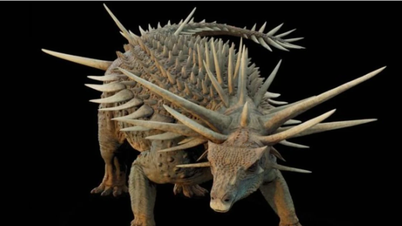
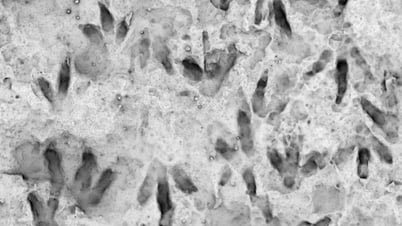


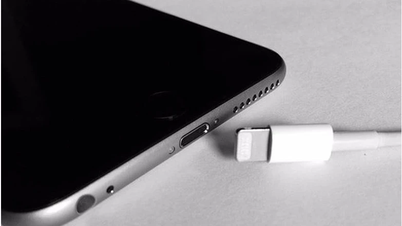







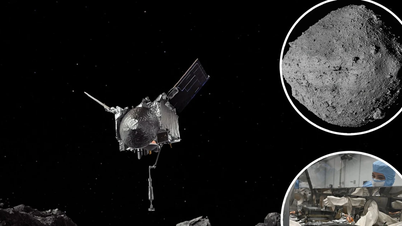











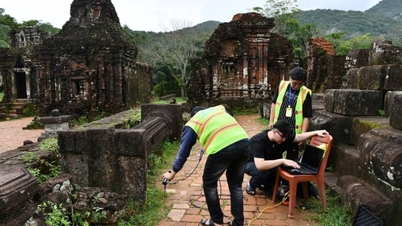






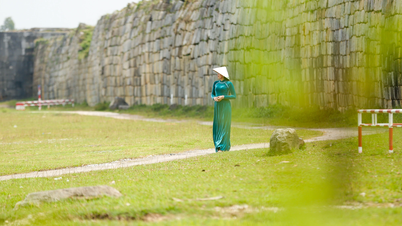














































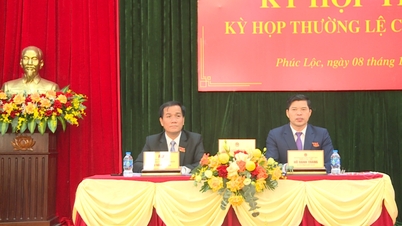






















Comment (0)